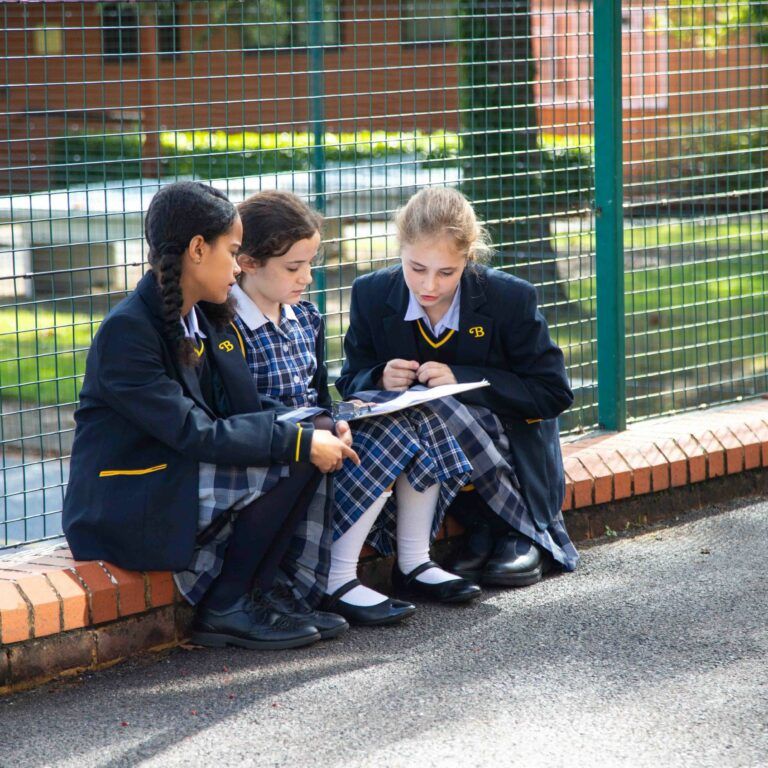In the UK state-maintained sector, class sizes are amongst some of the largest in the developed World. In recognition of this, in 1998, the then Labour Government introduced a cap on the number of pupils per class in Key Stage One at no greater than 30. There is no cap at Key Stage Two. American research, STAR, supported the argument for small classes, concluding that children who are taught in small classes at primary school level are 20 per cent more likely to do well at secondary level and, in the main, out-perform their peers in larger classes with many of them achieving significantly higher exam grades.
The Conservative & Liberal Coalition Government amended this directive to include the ability for schools to apply for an exemption limit. This amendment appears to have enabled local authorities to accommodate the ever growing primary school numbers without expanding schools or indeed building new ones.
A recent article in The Independent newspaper declared that more than half a million primary school children are now being taught in “super-size” classes. This certainly appears to be supported by data released by the 2015 School Census which stated that the number of pupils in Reception and Key Stage One being taught in ‘lawfully large’ classes has risen from 76,000 in 2014 to 96,000 in 2015. Not surprising when the number of primary school pupils has also risen by 2% equating to an extra 94,000 children requiring places.
Understandably larger classes are more cost effective and provide an argument for Local authorities to direct their finite funds. For example, the larger the class, the lower the costs per pupil and therefore potentially more money is available to employ better teachers who demand higher salaries. However, better teachers do not come with extra sets of eyes, ears and hands and the impact for larger classes on pupil development is significant. It is very obvious that the higher the teacher/pupil ratio, the less individual attention a child will receive and there will be fewer opportunities to give close contact and immediate feedback to a child.
At Burgess Hill Girls we see many girls who join us from schools with large classes, coming with a surface approach to learning. They have memorised knowledge rather than having been shown the deeper approach to learning which facilitates a gathering of knowledge and provides opportunity for them to make sense of their learning. They also lack positive habits and skills such as correctly formed cursive handwriting (which facilitates more efficient recording) and regular reading habits, all of which are necessary for effective learning.
That is not to say in many cases there is not impressive teaching taking place in larger classrooms because undoubtedly there is. However, I believe what our colleagues in state schools envy most about independent education is not the facilities (certainly many can match facilities) nor the impressive historic buildings, but the ability simply to teach. I would suggest that what they envy above all is the ability to be able to give every individual the attention they are entitled to, spending the time in the classroom teaching, rather than managing social issues or poor behaviour and conduct.
In those early formative years of nursery and junior school, parents need to be reassured that their child’s successes will be recognised and their challenges supported. The best pupil:teacher ratio, the best resources and the best expertise mean that the best independent schools are in a position to offer a premium educational experience.
Mrs Heather Cavanagh – Head, Burgess Hill Girls Junior School


